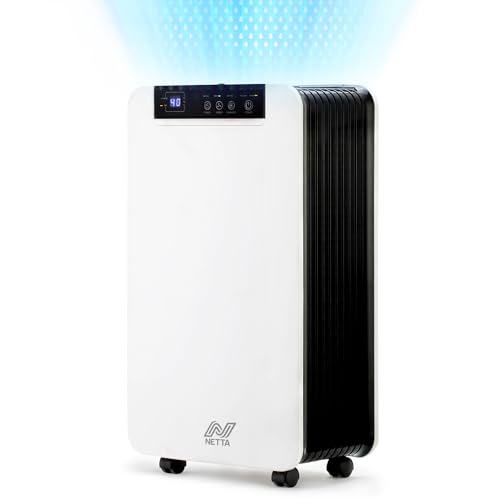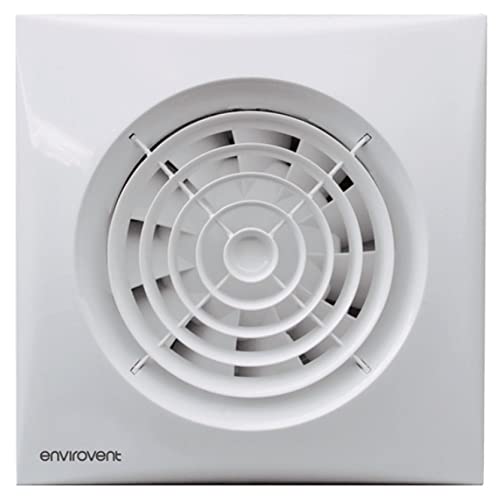Will a dehumidifier stop mould? Experts debunk 3 mould myths
We separate fact from fiction to reveal the truth about dehumidifiers and mould, including expert tips for creating a healthier home
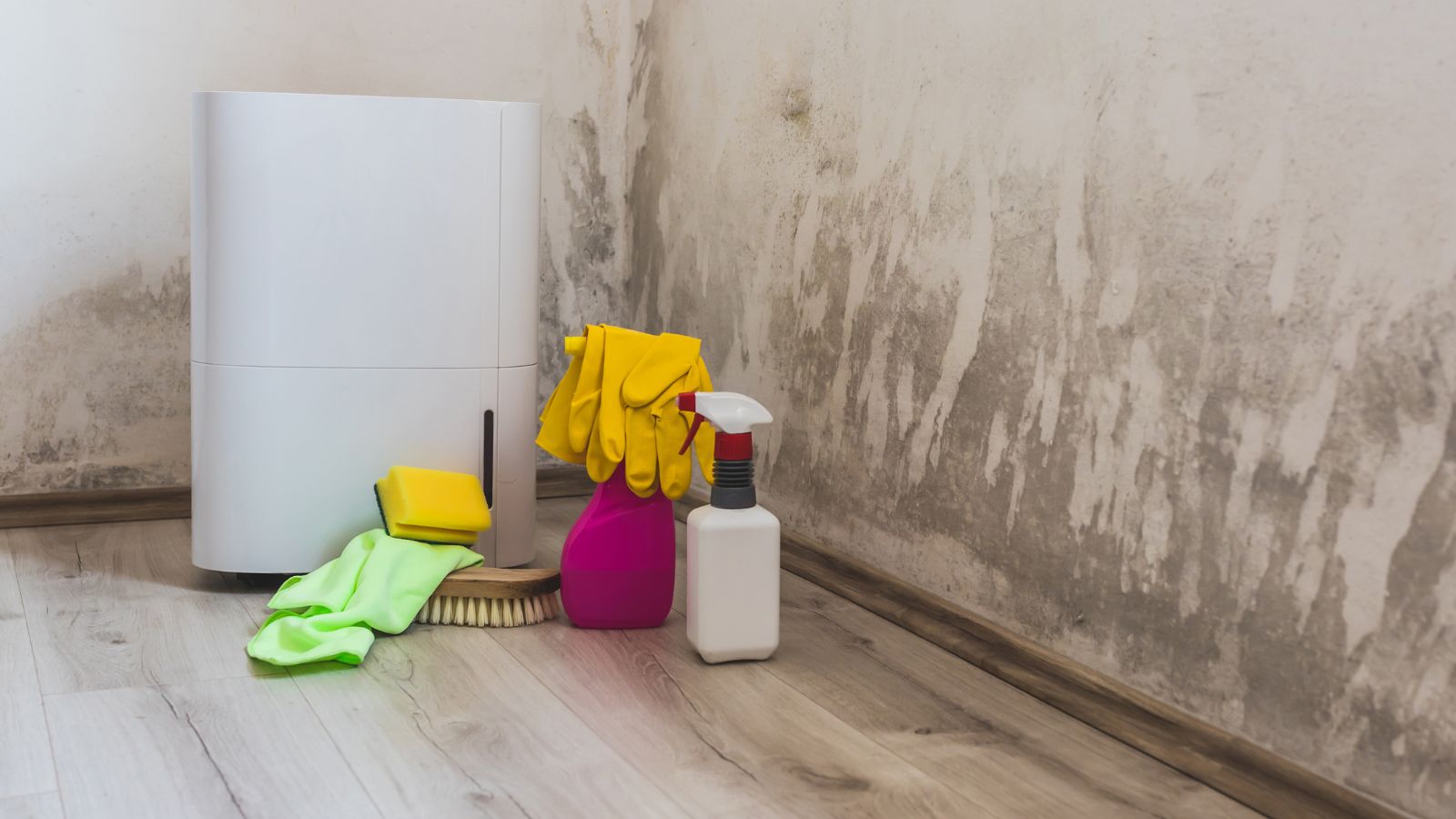
Discovering a mould problem in your home can be both frustrating and overwhelming, especially when it comes to figuring out how to eliminate it for good and prevent it from coming back. With various types of mould lurking in damp spaces, many people turn to dehumidifiers to stop the spread. But can they really eliminate mould, or are they just one part of the solution?
While the best dehumidifiers are excellent for maintaining healthy humidity levels, they’re often misunderstood. Some homeowners believe they’ll completely rid a home of mould, while others expect them to work miracles without addressing deeper issues. To clear up the confusion, we’ve asked industry experts to help debunk the most common dehumidifier myths.
Here’s the truth about dehumidifiers and mould, straight from the professionals.
Myth 1: A dehumidifier will eliminate existing mould
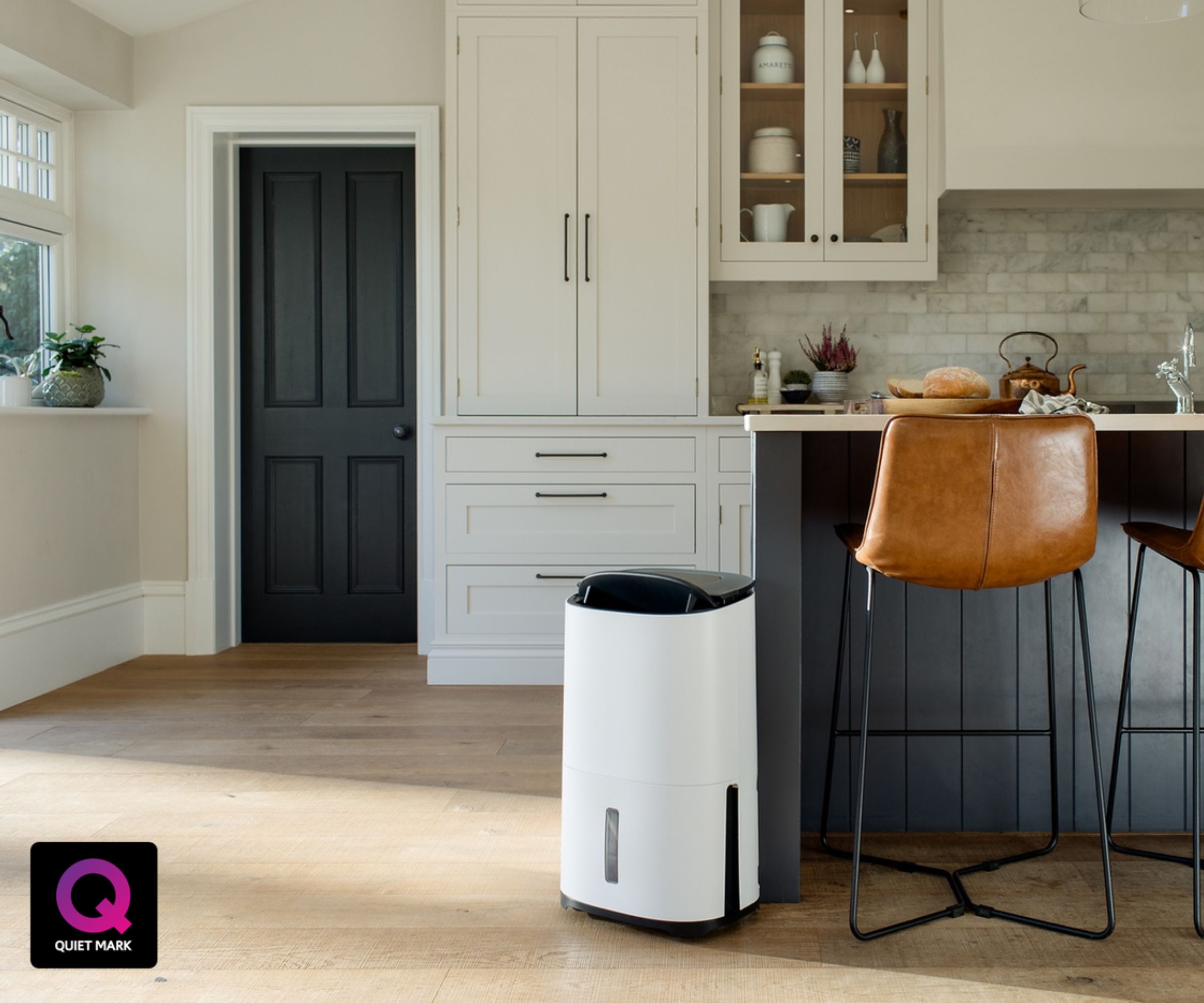
Many believe that a dehumidifier will magically remove mould from walls, furniture, or carpets. In reality, dehumidifiers help prevent mould from spreading but can’t tackle mould that’s already present. As Chris Michael, managing director of Meaco, explains, “A dehumidifier can stop patches of mould from getting larger, but it will not make it go away.”
Mould removal requires physical intervention, such as scrubbing surfaces with mould-specific cleaners for smaller areas like bathroom grout or window sills. For more severe cases, such as mould embedded in carpets, professional remediation services may be necessary, using specialised equipment like HEPA vacuums and antimicrobial treatments to remove mould and prevent it from returning.
Michael Rubino, author of The Mould Medic, echoes this point: “If there’s an existing mould problem, a dehumidifier will not help resolve it. It can be used to help eliminate opportunities for more growth elsewhere, but that’s the extent to which it’s effective.”

Chris Michael, Managing Director of Meaco, is an air treatment expert specialising in dehumidifiers, air purifiers, and solutions for healthier, more comfortable indoor environments.

Michael Rubino is a renowned indoor air quality expert, founder of HomeCleanse, and Chair of the Change the Air Foundation. He is the author of The Mould Medic and has helped thousands of homeowners rid their homes of mould problems.
Myth 2: Dehumidifiers work alone to prevent mould
Dehumidifiers are an excellent tool for managing indoor humidity, but they’re not a one-stop solution for getting rid of mould. James Longley, managing director at Utility Bidder, explains: “A dehumidifier alone won’t solve mould issues. While it helps reduce moisture and mould risk, steps like improving airflow are essential.”
Michael Rubino agrees, emphasising the need for a combined approach: “The ideal humidity level in a home should be between 35 and 50 percent to prevent mould growth. Dehumidifiers help maintain this level, but they’re ultimately a supplementary tool.”
He continues: “Effective mould remediation means fixing the source of the problem, removing existing mould, and eliminating all sources of contamination.” Simple habits, like using bathroom extractor fans and letting your home breathe via 'house burping', can make a big difference and complement a dehumidifier’s work. .
Myth 3: A dehumidifier will stop all mould growth regardless of the source
The source of damp or condensation in your home will determine how effective a dehumidifier will be. If a mould or mildew problem is caused by high humidity, a dehumidifier can certainly help create a less hospitable environment for it. However, if your mould originates from other issues, such as leaks or poor drainage, a dehumidifier won’t solve the problem.
“Mould is caused by an excess of water within an organic hygroscopic material,” Michael Rubino explains. “If it is from a leak, then a dehumidifier could not have prevented it in the first place.”
This distinction is critical for homeowners looking to address persistent mould problems. If the root cause of moisture – be it a leak, condensation, or poor home ventilation – isn’t addressed, mould is likely to return, even with a dehumidifier running continuously.
How does a dehumidifier help with mould?
While dehumidifiers aren’t a cure-all, they’re a powerful tool in your mould-prevention arsenal. By maintaining humidity levels between 35% and 50%, they help prevent the conditions that mould needs to thrive. Michael Rubino explains: “Once you have mould, it will only grow larger if the relative humidity at its surface is greater than 68%. A dehumidifier can help prevent this from happening.”
“Mould can grow at a relative humidity of 60%, so the goal is to keep your home below that level," he continues. Placed strategically in high-risk areas – like bathrooms, kitchens, or basements – and combined with proactive measures, dehumidifiers can make a significant difference in creating a healthier home environment.
Essential mould-fighting tools
All prices were correct at time of publication.
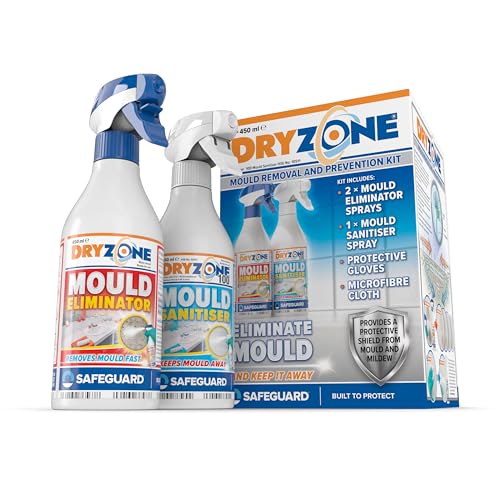
This dual-action mould remover and sanitiser spray is designed to treat mould-affected surfaces in under 30 minutes, requiring minimal scrubbing.
FAQs
Does it matter where you place your dehumidifier?
"Dehumidifiers reduce moisture levels circulating indoors, but they are only effective if they are positioned in the correct place," explains James Longley, managing director at Utility Bidder. "The appliance works to the best of its ability in smaller spaces, such as a bedroom or living room. If a dehumidifier is placed in a more open area, it won’t be able to remove as much moisture compared to if it was placed in a more confined room."
Can a dehumidifier kill mould spores?
No, a dehumidifier cannot kill mould spores. It works by reducing moisture levels in the air, which helps prevent mould from spreading or thriving. However, existing mould spores require physical removal or treatment with mould-specific cleaners or professional remediation to eliminate them completely.
Don’t want to spend a fortune fixing a minor mould problem? In addition to dehumidifiers, there are plenty of budget-friendly products to get rid of mould. When choosing a dehumidifier, consider the extent of your home's issues. A budget dehumidifier vs premium dehumidifier could save you money if a smaller unit meets your needs.
Get the Homebuilding & Renovating Newsletter
Bring your dream home to life with expert advice, how to guides and design inspiration. Sign up for our newsletter and get two free tickets to a Homebuilding & Renovating Show near you.

Gabriella is an interiors journalist and has a wealth of experience creating interiors and renovation content. She was Homebuilding & Renovating's former Assistant Editor as well as the former Head of Solved at sister brand Homes & Gardens, where she wrote and edited content addressing key renovation, DIY and interior questions.
She’s spent the past decade crafting copy for interiors publications, award-winning architects, and leading UK homeware brands. She also served as the Content Manager for the ethical homeware brand Nkuku.
Gabriella is a DIY enthusiast and a lover of all things interior design. She has a particular passion for historic buildings and listed properties, and she is currently in the process of renovating a Grade II-listed Victorian coach house in the West Country.
